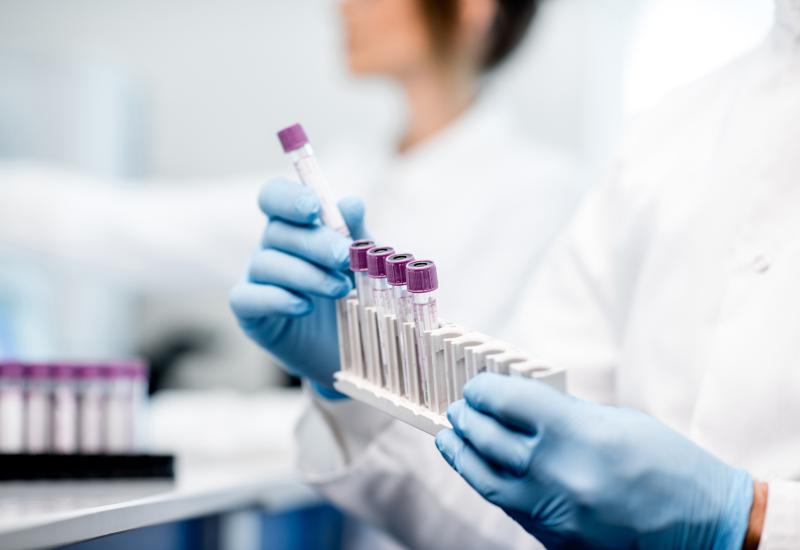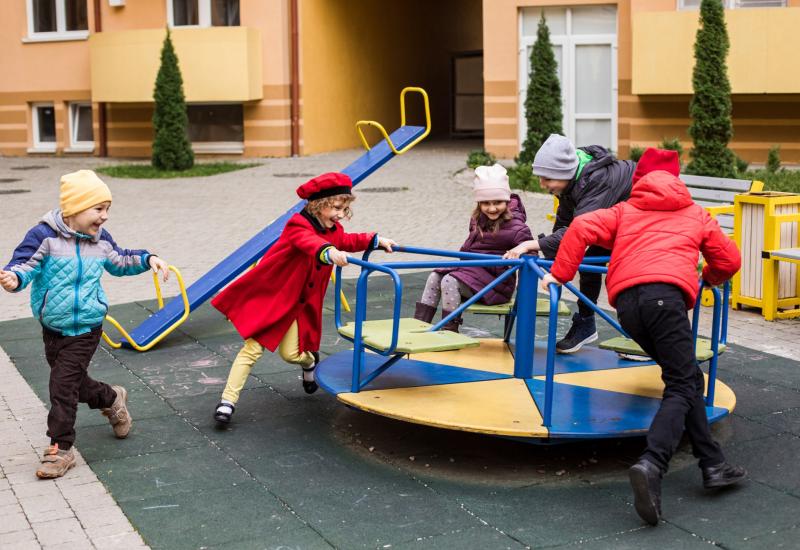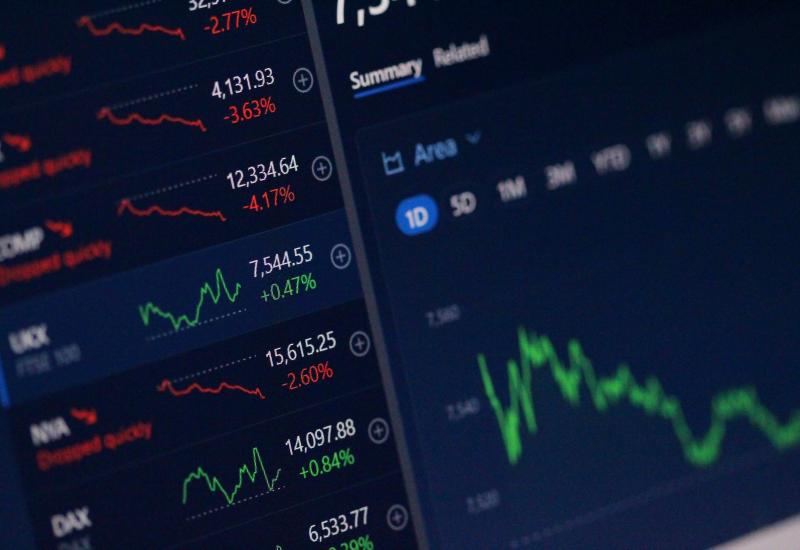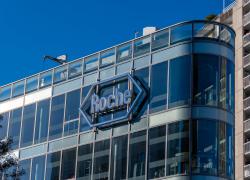
ASH 2024 – AbbVie fights to rise above the BCMA crowd
Etentamig is one of several anti-BCMA T-cell engagers seeking attention at ASH.
Etentamig is one of several anti-BCMA T-cell engagers seeking attention at ASH.

In the extremely crowded space of BCMA-targeting multiple myeloma therapies only the best has a chance to succeed, and judging by data just presented at ASH AbbVie is working hard to convince that its challenger, etentamig, is no ordinary T-cell engager.
The company's latest challenge came courtesy of one cohort of the Kilimanjaro study, testing etentamig plus Darzalex and dexamethasone in relapsed/refractory multiple myeloma. That came after etentamig showed some promise as monotherapy; while AbbVie hasn't spelled out its registration strategy, it recently put etentamig monotherapy into a phase 3 trial, Cervino, in third-line disease.
Etentamig is derived from a deal with TeneoOne, an entity AbbVie paid $90m for rights in 2021, when the MAb was coded TNB-383B/ABBV-383. The project is especially prominent because AbbVie has prioritised it over another anti-BCMA T-cell engager, Harpoon's HPN217; Harpoon was sold to Merck & Co in January for $680m.
Low-affinity for CD3
Teneo's approach, which also attracted deals from Amgen, Johnson & Johnson and AstraZeneca, has previously been said to centre on the use of heavy chains alone for antibodies' antigen-binding regions.
However, at ASH a separate feature of etentamig was played up, namely the use of a low-affinity CD3 binder for T-cell engagement. Presenting the Kilimanjaro data, Mont Sinai's Dr Cesar Rodriguez said this resulted in transient T-cell engagement rather that having the MAb "staying stuck" to CD3, the hope being to avoid cytokine release and T-cell exhaustion.
To an extent the ASH data appeared to bear this out, with around a third of patients suffering CRS, most of which was low-grade. On a cross-trial basis this seems favourable versus the 58-72% CRS incidence seen with approved T-cell engagers (J&J's Tecvayli and Pfizer's Elrexfio), and rates of up to 89% with Car-T therapies.
Importantly, despite lower CRS – and much lower cross-trial rates of neurotoxicity – with etentamig, the AbbVie molecule showed respectable efficacy. 40mg and 60mg every four weeks resulted in response rates of 83% among 41 patients, and a 41% rate of complete response or better.
Two other Kilimanjaro cohorts test etentamig combined with Pomalyst plus dexamethasone, and Revlimid plus dexamethasone, but weren't the subject of the ASH presentation. A 20mg dose was also tested, but was said by Rodriguez to be "clearly suboptimal".
While the efficacy looks impressive, one caveat is that these are combo data. However, 70% of the patients had already been exposed to an anti-CD38 MAb, and 56% were refractory to it. And adding Darzalex and dexamethasone didn't seem to add toxicity, including infections, to that seen with etentamig monotherapy, Rodriguez told ASH.
Competitive
The competitive nature of the BCMA space has been illustrated by Bristol Myers Squibb's surprise discontinuation of the T-cell engager alnuctamab in July, shortly after starting a phase 3 study. Meanwhile, Regeneron's US filing for linvoseltamab was hit with a complete response letter in August.
AbbVie will have to contend with all this, as well as with the fact that BCMA therapies are moving into earlier lines of treatment; Carvykti, for instance, is already approved in the second-line setting, and J&J appears to be targeting the front-line with Tecvayli.
This Tecvayli use also featured at ASH on Sunday, with a first look at the phase 2 Majestec-5 study showing complete response rates of 53-100% across three cohorts of transplant-eligible patients. However, this was an uncontrolled trial in just 49 patients, involving combination with Darzalex and Revlimid (with or without Velcade).
Also fighting for attention at ASH on Sunday was EpiMab's anti-BCMA T-cell engager EMB-06, a project notable for having been licensed for $60m to Vignette Bio, a private US biotech that was in September merged with another private entity, Candid Therapeutics. At Candid that asset now goes under the code CND106.
The ASH data showed a 92% ORR in 12 relapsed multiple myeloma patients given high doses, which also caused a 62% rate of low-grade CRS, but no ICANS. However, there was a 38% rate of severe infections across 40 patients given all doses, and one patient died of cardiac failure, though that was deemed unrelated to EMB-06.
EpiMab and Candid's next steps for the project haven't been spelled out.
Anti-BCMA T-cell engagers in relapsed/refractory multiple myeloma
| Project | Study | ORR | CR+ rate | CRS | ICANS |
|---|---|---|---|---|---|
| Tecvayli (J&J) | Majestec-1 | 62% | 28% | 72% (mostly gr1-2) | 6% |
| Elrexfio (Pfizer) | Magnetismm-3 | 58% | 26% | 58% (mostly gr1-2) | 3% |
| Etentamig (AbbVie) | NCT03933735 (monotherapy)* | 69% | 20% | 40% (mostly gr1-2) | Not given** |
| Kilimanjaro (Darzalex + dex combo)^ | 83% | 41% | 33% (4% at gr3-4) | 4% (2% at gr3-4) | |
| EMB-06/ CND106 (EpiMab/ Candid) | NCT04735575^^ | 92% | 33% | 62% (all gr1-2) | 0% |
Notes: 2mg/60mg step-up dose only; **5% in earlier dataset with standard dosing, presented at EHA 2024; ^40mg & 60mg q4W only; ^^120-300mg only. This table has been corrected and updated. Source: ASH 2024 & OncologyPipeline.
2650













